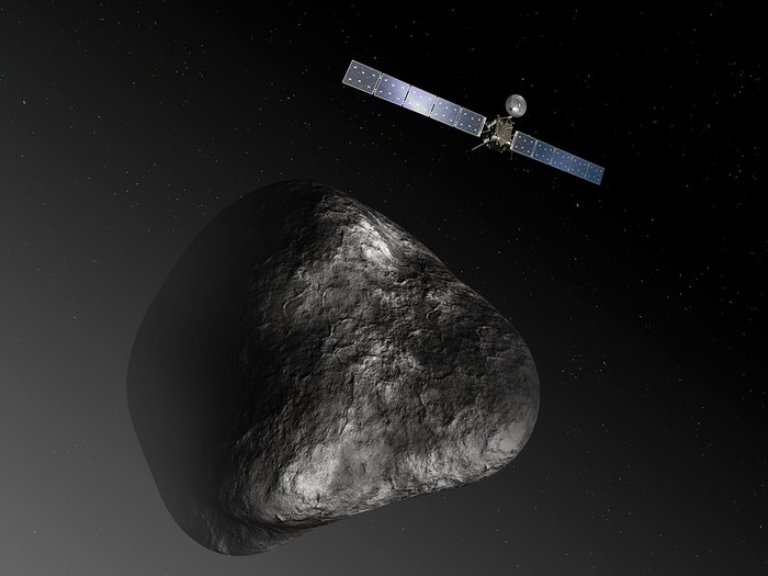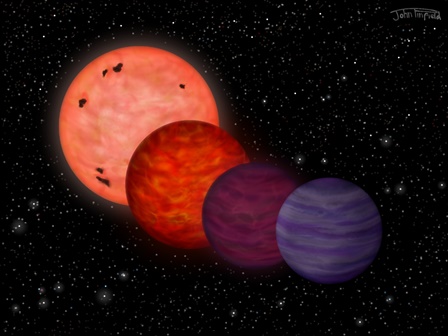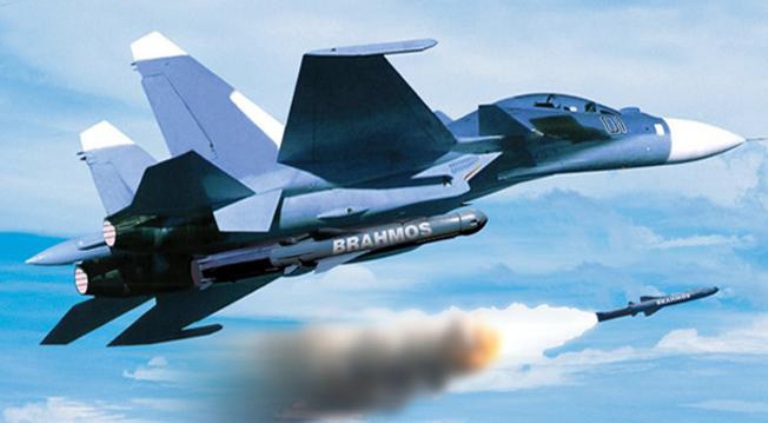
Artist's impression of the Rosetta orbiter at comet 67P/Churyumov-Gerasimenko. Image credit: ESA
PARIS (AFP): The space probe Rosetta on Wednesday made a historic rendezvous with a comet, climaxing a 10-year, six-billion-kilometre (3.7-billion-mile) chase through the Solar System, the European Space Agency (ESA) said.
"We're at the comet," Rosetta's flight operations manager, Sylvain Lodiot, declared in a webcast from mission control in Darmstadt, Germany.
It is the first time that a spacecraft has ever gone into orbit around a comet, a wanderer of the Solar System whose primeval dust and ice could hold insights into how the planets formed.
In November, a robot scientific lab called Philae will be sent down to the surface to make the first-ever landing on a comet.
Rosetta's rendezvous with Comet 67P/Churyumov-Gerasimenko was confirmed at 0929 GMT, at a distance of 400 million km from Earth, according to signals received at ground stations.
ESA Director General Jean-Jacques Dordain hailed the achievement, the fruit of 20 years' work to design, build and launch the three-tonne spacecraft and steer it to its target.
"It makes 2014 the year of Rosetta," he said.
"Rosetta is a unique mission, unique by its scientific goal," Dordain said. "Understanding our origins is certainly the best way to understand our future."
Launched in March 2004, the craft had to make four flybys of Mars and Earth, using their gravitational force as a slingshot to build up speed to catch up with its prey.
It entered a 31-month hibernation as light from the distant Sun became too weak for its solar panels. That period ended in January with a wake-up call sent from Earth.
It then began a complex series of manoeuvres to slow down to walking speed with the comet. The final one was a small firing of thrusters, lasting just six minutes and 26 seconds, from 0900 GMT, it said.
"This burn will tip Rosetta into the first leg of a series of three-legged triangular paths about the comet," ESA said.
The signals confirming the start and stop of the crucial final operation were received by ground monitoring stations 22 minutes later.
The "pyramidal" orbits will put the craft at a height of about 100 kilometres (60 miles) above the comet, said Lodiot.
Each leg of the triangle will be around 100 kilometres and take Rosetta between three and four days to complete.
Comets are believed by astrophysicists to be ancient ice and dust left from the building of the Solar System around 4.6 billion years ago. This cosmic rubble is the oldest, least touched material in our stellar neighbourhood.
 Previous Article
Previous Article Next Article
Next Article













The Indian Air Force, in its flight trials evaluation report submitted before the Defence Ministry l..
view articleAn insight into the Medium Multi-Role Combat Aircraft competition...
view articleSky enthusiasts can now spot the International Space Station (ISS) commanded by Indian-American astr..
view article